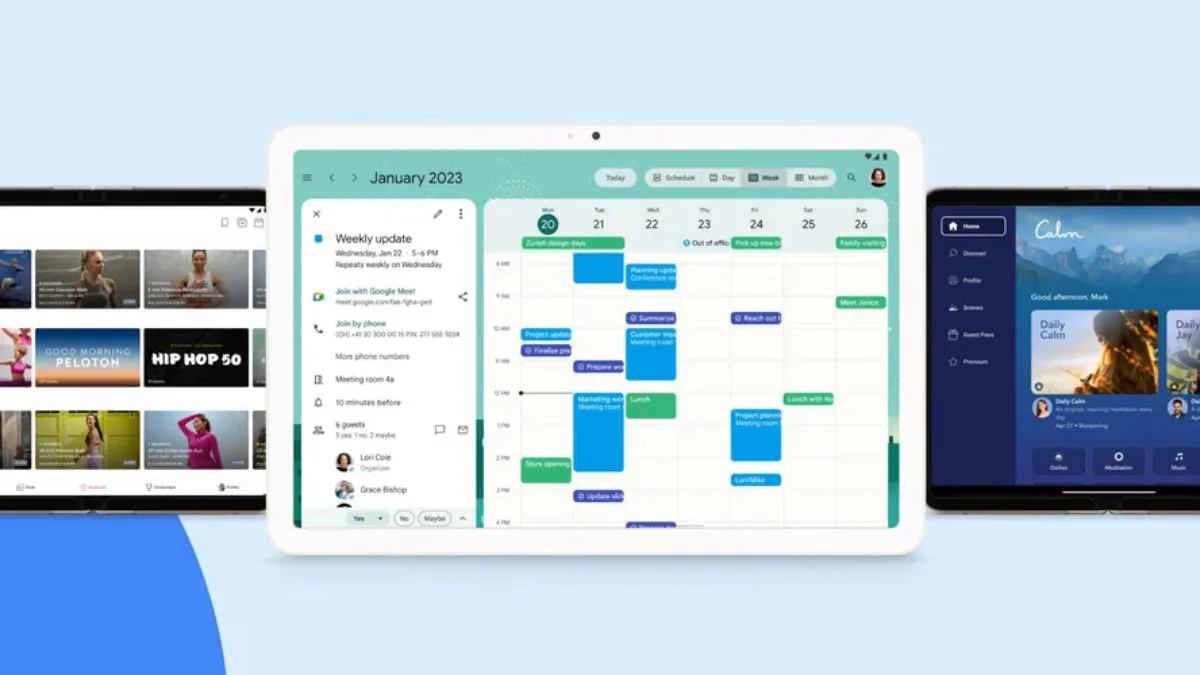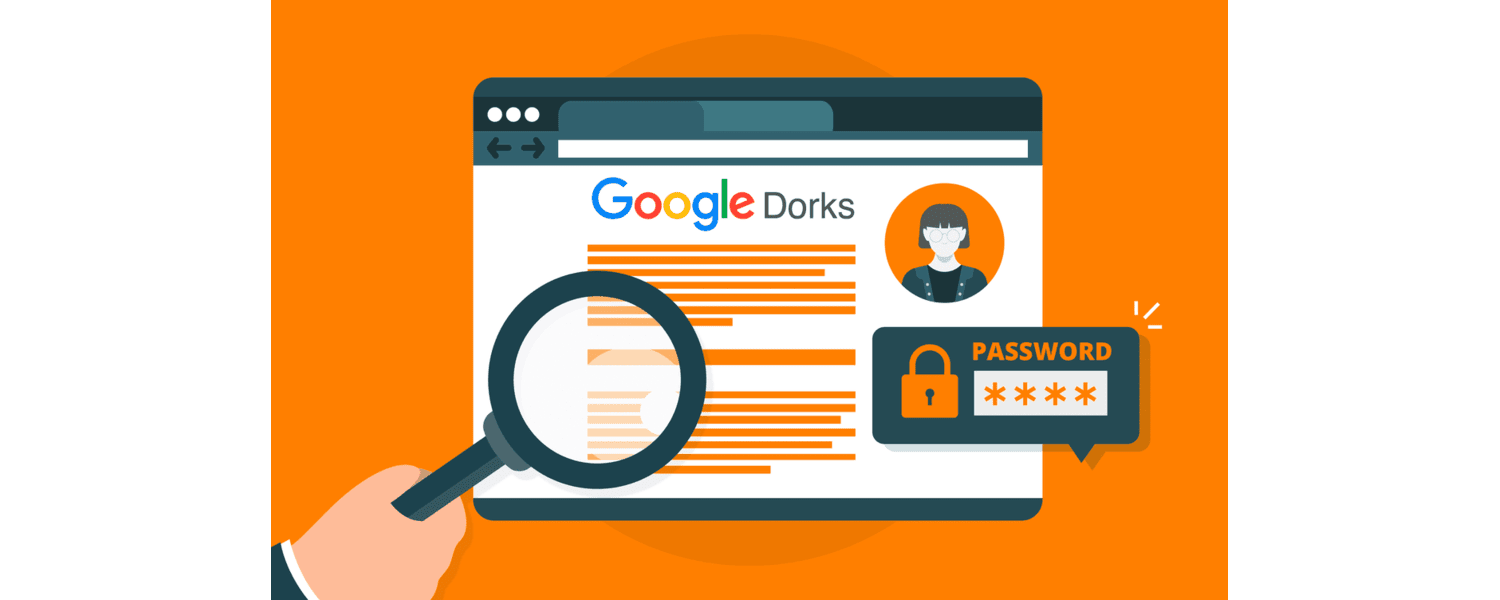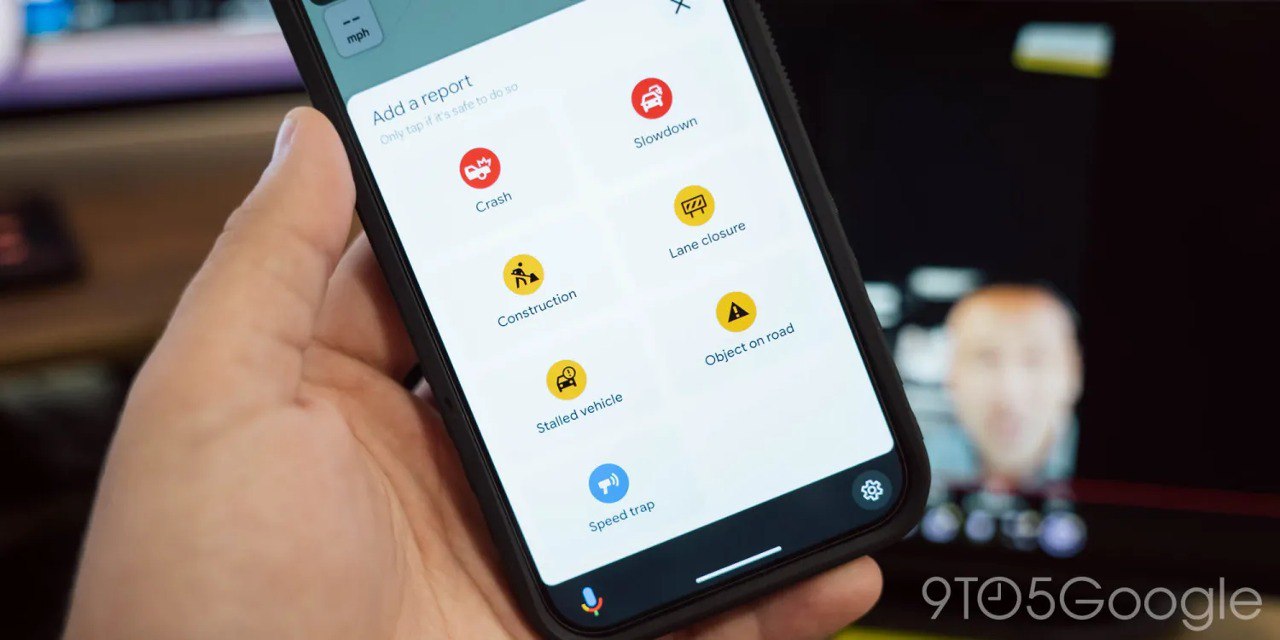
1. Improved Indoor Navigation: Enables precise tracking in areas where GPS is unreliable.Key Features and Benefits:
2. Practical Applications:
- Retail: Guides users to specific products in stores.
- Smart Homes: Adjusts smart devices based on room detection.
How It Works
The technology leverages Fine Timing Measurement (FTM) and nearby updated Wi-Fi hotspots for precise triangulation. If hotspots lack 802.11az firmware, Android devices default to older RTT tracking with reduced accuracy.
Current Limitations
- Hardware: Most Android phones lack the necessary support. Qualcomm's FastConnect 7900 chipset is among the first to support it, but devices featuring this hardware are yet to launch.
- Hotspot Updates: Requires firmware upgrades for Wi-Fi routers.
Comparison with Other Technologies
- Apple UWB (Ultra-Wideband): Offers higher precision but shorter range, used in AirTags and the Find My network.
- Bluetooth 6: Promises precise tracking (Channel Sounding) but is still awaiting device integration.
- Wi-Fi Ranging: Balances accuracy and range, making it a versatile choice.
What’s Next?
While Android 15 is ready for Wi-Fi Ranging, the rollout depends on widespread hardware adoption and hotspot firmware updates. In the coming years, this feature could revolutionize indoor navigation and tracking systems.










